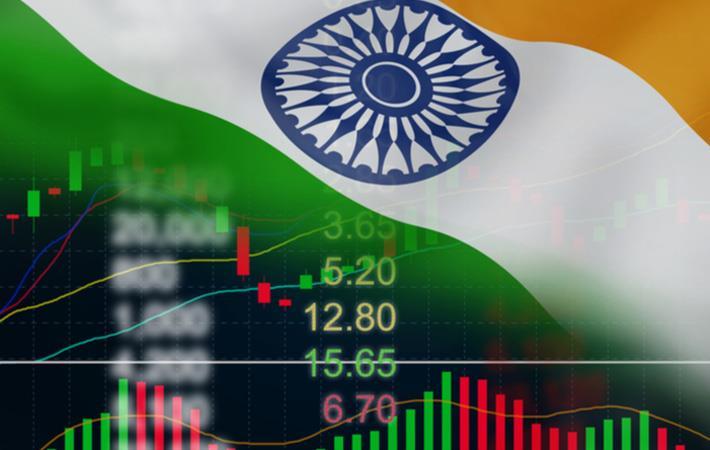An uneven recovery is under way in India in the second quarter (Q2) of this fiscal as evidenced by the varied performance of the high frequency indicators in July-August, according to ICRA Research, which recently identified some early green shoots like the sharp revival in passenger vehicles and motorcycles, which seem to be driven by pent up demand as well as inventory restocking, casting some doubts on their sustainability.
Moreover, the outlook for agriculture appears bright, which should continue to bolster farm demand. In addition, many sectors have witnessed activity stabilising at levels that are moderately below their pre-COVID performance, a trend which may entrench over the next two quarters, before a further substantial uptrend materializes, ICRA Research, the research arm of Moody’s Investor Services company ICRA said.ICRA sees an uneven recovery in India in fiscal 2020-21 Q2 as shown by the varied performance of the high frequency indicators in July-August. It identified some early green shoots like the revival in passenger vehicles and motorcycles, which seem to be driven by pent up demand and inventory restocking, casting some doubts on their sustainability.#
However, there have been some slippages in the recent data, such as the worsening pace of contraction of electricity generation, crude oil and refinery output, diesel consumption and non-oil merchandise exports, reinforcing the view that the return to normalcy will not be smooth, it said.
With the pandemic continuing in India for over six months, ICRA feels economic agents are now adapting to the crisis, resulting in a graduated recovery to a new post-COVID normal. Nevertheless, with rampant COVID-19 infections, it expects behaviours to remain altered for longer than what it had earlier presumed. This would continue to depress activity in some sectors, especially where social distancing is difficult to maintain, such as travel, tourism and recreation.
Moreover, issues of labour availability as well as continued depressed demand for residential and commercial premises may continue to exert an adverse effect on construction activity. Additionally, the continued economic uncertainty and health concerns would result in a prolonged impact on consumption and investment decisions, it said.
Further, the massive revenue shock being experienced by the central and state governments would limit the extent of the fiscal support that may be forthcoming, and result in protracted fears about deferral of capex and release of timely payments, it said.
Moreover, fresh restrictions being imposed in major trading partners on account of a new wave of novel coronavirus cases could cap the extent of further improvement in exports in the near term. With the six-month moratorium on debt servicing having ended on August 31, the extent of the increased financial stress on entities in various sectors amid the graduated recovery, as well as the potential rise in delinquencies and non-performing assets remain key monitorables.
The year-on-year (YoY) contraction in gross domestic product GDP will narrow considerably from 23.9 per cent in the first quarter to 12.4 per cent in the second, in line with the agency’s earlier expectation. While it expects the situation to improve in the second of this fiscal relative to the first, it is revising its forecasts for the third and fourth quarters, given the unabated rise in coronavirus infections in the country.
ICRA now expects a deeper contraction of 5.4 per cent in the third quarter (earlier expectation was 2.3 per cent)and a continued de-growth of 2.5 per cent in the fourth (earlier expectation was a positive growth of 1.3 per cent), implying a full year contraction of 11 per cent.
In particular, it expects construction as well as trade, transport, hotels, communications and services related to broadcasting to recover with the longest lag and continue to underperform the rest of the economy.
ALCHEMPro News Desk (DS)
